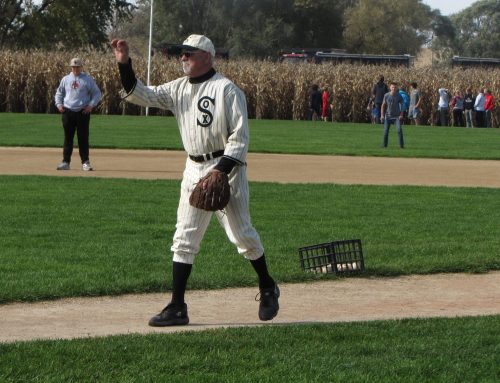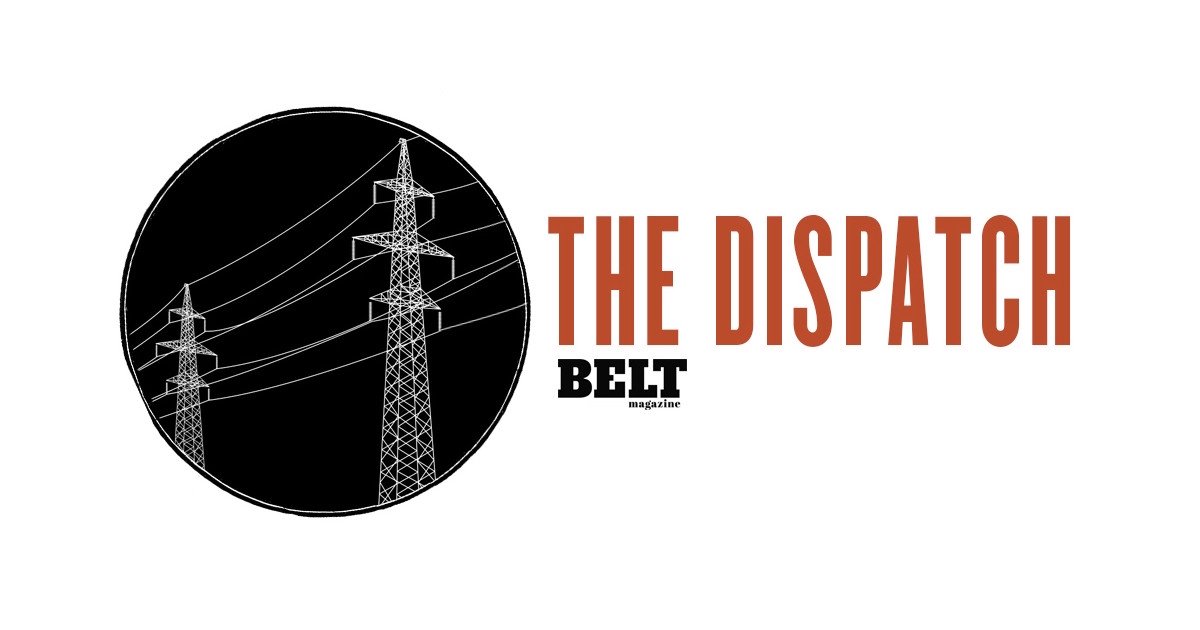It sounds ridiculous to blow up and flood part of a state, but this ridiculous idea worked.
By Sheila J. Simon
A dry fall and winter is a great time to plan for the next big Mississippi River flood. The flood is inevitable, and failing to prepare will cause this problem to blow up on us – literally.
In the 2011 the Mississippi and the Ohio Rivers had record floods at the same time. The water got so high that the U.S. Army Corps of Engineers activated the Birds Point-New Madrid floodway, something they had not done since 1937. The floodway is land normally protected by a levee, but flooded when necessary to protect an even larger area of land and development. To open the floodway, the Corps blew up part of Missouri.
It sounds ridiculous to blow up and flood part of a state, but this ridiculous idea worked. The flood covered 133,000 acres and saved 2.5 million acres. The river level dropped six inches almost immediately.
But the Corps of Engineers did not use the floodway as quickly as it had planned. Lawsuits from farmers in the floodway slowed the action some, and there was hesitancy to take action that could have a devastating effect on the Missouri farmers. During those delays a levee was breached in Illinois, causing millions of dollars of damage, and the cities of Cairo, Illinois and Wickliffe, Kentucky had to be evacuated.
The costly delay in activating the floodway may well have been based on the way the federal government has secured the right to flood the area. The government did not buy the land outright, as it had done for the Bonnet Carré floodway area, just north of New Orleans. For the Missouri floodway, the government bought easements to inundate, a continuing right to flood, in exchange for a one-time payment, almost 100 years ago, of around $17 an acre.
Easements are common for things like rights for the power company to have a line cross property, or a right for one neighbor to use a lane that crosses another’s land. Easements are a way to allow someone to use some of your land while you retain ownership.
Activating the floodway is not consistent with how we use easements. Completely flooding land, potentially destroying it, is consistent with ownership of land. Farmers in the floodway were understandably upset about the potential destruction of their crops and their land. And hesitancy from the Corps could have come from knowing that the farmers were bearing a burden greater than should be expected from an easement.
A better way for the federal government to control the floodway, and to be able to take swift action to preserve other cities and land, is to own the property. This idea has been proposed in other eras, and should be re-examined now that the floodway has been used. Given increasingly intense storms experienced here and across the Mississippi watershed, the floodway is likely to be used again.
The government does not need to use eminent domain to acquire the land. The land can be acquired in the way some federal park land has been – from willing buyers over time. Farmers can continue to farm the land that has been sold, but with the understanding that the new owner bears the risks of and can make decisions about flooding. As the landowner, the federal government could make decisions based on an assessment of threats to the greater area, not just the impact to one piece of land.
Federal ownership of floodway land is consistent with other floodway use, and could improve the timely use of the floodway when necessary. It could reduce risk for the 2.5 million acres protected by the floodway, and compensate Missouri landowners fairly for their sacrifices.
Let’s take advantage of these dry days to build a thoughtful, forward-looking plan for the Birds Point-New Madrid Floodway.
Sheila Simon teaches at Southern Illinois University School of Law in Carbondale, Illinois. She has served on the Carbondale City Council and as Lieutenant Governor of Illinois. She can often be found playing the banjo in the band Loose Gravel.






